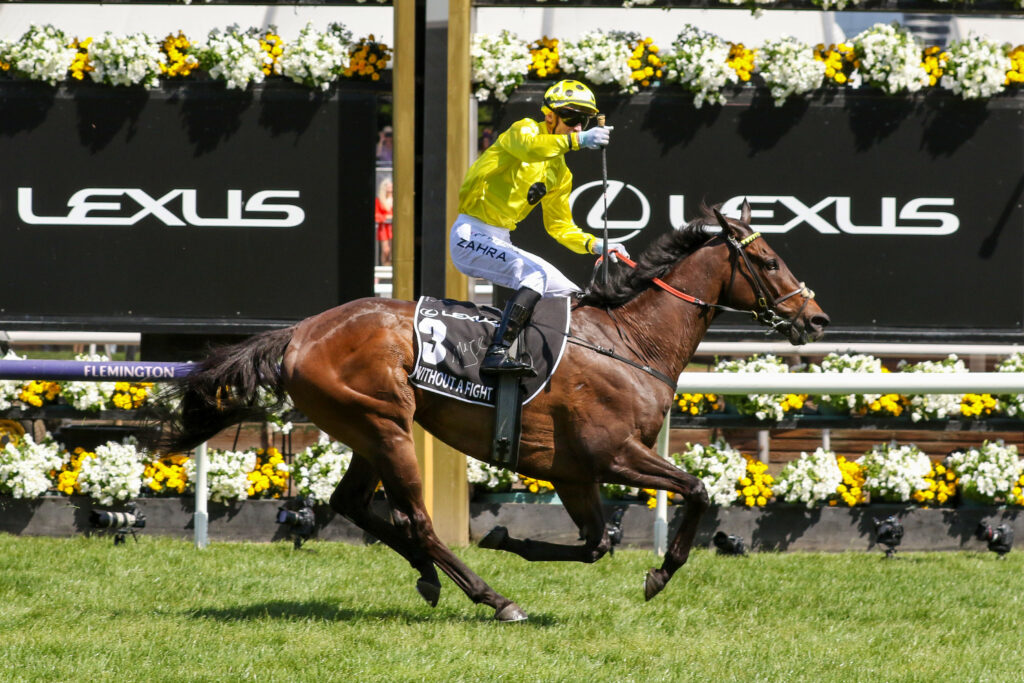Veteran horse trainers tell parliamentary inquiry selling Rosehill Racecourse would be disastrous for industry

- by Admin
- July 22, 2024
In short:
High-profile racehorse trainer Gai Waterhouse AO has fronted a parliamentary inquiry investigating the proposed redevelopment of the Rosehill Racecourse into residential housing.
She said the racing industry was “incensed” by the plan to sell the historic site and warned the industry would suffer if it went ahead.
What’s next?
Ms Waterhouse says Australian Turf Club Members, whose predecessors purchased the site in 1947, would never agree to sell the track if it was put to a vote.
High-profile racehorse trainer Gai Waterhouse has told a parliamentary inquiry the racing industry is “incensed” by a plan to sell Rosehill Racecourse and turn it into housing.
The site in the city’s west, which was first purchased by the Sydney Turf Club in 1947, has been earmarked by the Minns government for landmark development of 25,000 new homes in a bid to “re-shape Sydney”.
Ms Waterhouse told the inquiry the Australian Turf Club had no right to agree to the sale without a vote from its members, who she said would never sell the historic racetrack.
“We would not be here today to discuss the sale of the cricket ground the SCG, or Bondi Beach, but yet we are here to discuss the sale to Rosehill,” she said.
“The members are who own Rosehill. If they put it to the members now for a vote, it would be overwhelmingly against the sale.”
Rosehill ‘not for sale’
Trainer of 20 years John O’Shea also appeared before the inquiry and said Rosehill was “not for sale”.
“You sell your weeds, not your flowers, and this is our core business,” he said.
“We are all in favour of letting them develop areas around Rosehill, but there is no reason to sell our core asset because, as we’ve seen historically, whenever we sell a racetrack we have nothing to show for it.”
He said two proposed sites for replacement or upgraded racetracks at the Brick Pit site at Sydney Olympic Park and the existing Warwick Farm and Horsley Park racetracks were “bordering on preposterous”.
Trainers and owners have previously raised doubts any of the tracks would be suitable for Group One racing, the highest standard of thoroughbred racing in Australia, which is currently held at Rosehill.
“Racing NSW has looked at the Horsley Park proposal on three separate occasions and deemed it inadequate, so why all of a sudden has it become adequate?” he said.
Both Mr O’Shea and Ms Waterhouse said they believed members would be open to a partial development of the site, where the car park and adjoined bowls club could be developed for housing.
However, Mr O’Shea said it was not the racing industry’s responsibility to solve the state housing crisis.
“It is not incumbent upon the administration of racing in this state to rectify the inadequate housing policies of various federal and state governments,” he said.
“If that was the case, every golf course, football field in the state would be there also under consideration for housing development.”
Trainers pressed not to give evidence at inquiry
Ms Waterhouse and Mr O’Shea were asked if they were pressured not to appear before the inquiry. Mr O’Shea said he had received advice it “would be in his best interests not to attend”.
“I’d say that both of us had people represented from afar that suggested that it would not be in our best interests to attend,” Mr O’Shea said.
“I don’t know where it came from, but I definitely had phone calls from people that I shouldn’t.”
Neither would say who warned them not to give evidence.
“A curly one,” Mrs Waterhouse said in response to the question.
“I’m here because I was asked to come and I am very pleased to be here,” she said.
“I think there are others that may have had pressure on them.”
She was then asked where she thought the pressure had come from.
“It’s a bit like the elephant in the room,” Ms Waterhouse said.
“You have a very powerful CEO in Mr V’landys and he controls racing, and he controls everyone in racing.
“You only have to look at the newspapers and the media coverage; it’s very controlling.”
Peter V’landys has been the CEO of Racing NSW for almost 20 years, since 2004.
ATC chairman says project will transform racing industry
Under the development plan, the racecourse will become a new suburb complete with an extra stop on the Metro West linking Parramatta to Sydney’s CBD.
At an announcement of the project last year, Premier Chris Minns said for far too long housing had not kept up with infrastructure and vice versa.
“This is one of the last parcels in metropolitan Sydney of uncontaminated land to do dwellings at scale,” he said.
In December, Australian Turf Club (ATC) chairman Peter McGauran said the historic project would “transform the racing industry”, with the revenue leapfrogging it forward by 50 years.
He conceded moving the 150-year-old racetrack would cause some people anxiety.
The club expects to raise $5 billion from the development of the historic site, which will be used to improve and build new facilities in venues across Sydney.
“Sports die if they don’t reinvigorate, reinvest and re-envisage the future,” Mr McGauran said at the time.
The Latest News
-
November 26, 2024‘We’re confident he can turn it around’: The key change Australia want from Labuschagne in Adelaide
-
November 26, 2024Changing Trajectories – Australian Golf Digest
-
November 26, 2024Why Is Tony Finau Being Sued? – Australian Golf Digest
-
November 26, 2024The Best Golf Town In Australia: South Australia – Australian Golf Digest
-
November 26, 2024Tom Kim Dreams Big – Australian Golf Digest




